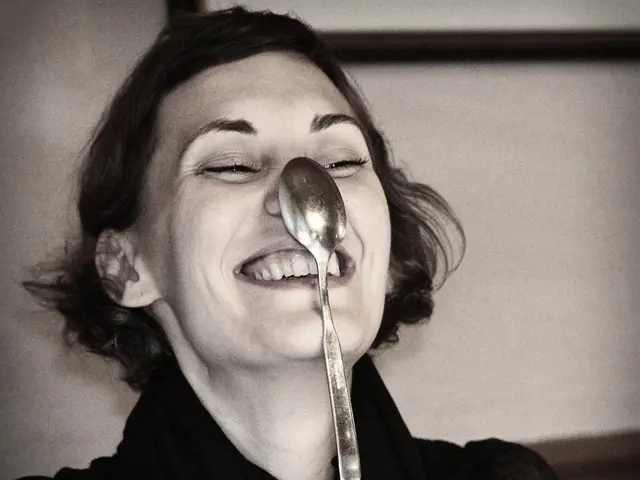Distinguishing Age Spots from Skin Cancer: Recognizing the Differences for Proper Identification
Hey there, buddy! Let's chat about the difference between age spots and skin cancer in a laid-back way.
Age spots, also known as liver spots or solar lentigines, are harmless patches that appear darker on the skin due to an increase in melanin production from sun exposure. These spots usually appear from middle age onward and tend to be flat, smooth, and yellow, brown, or gray with clearly defined borders. Skin cancer, on the other hand, is a type of cancer that can occur due to sun exposure or other environmental factors.
Now, let's talk about identifying the key differences:
Age spot symptoms: Age spots are flat and smooth, usually yellow, brown, or gray with well-defined borders and are limited in size from a millimeter to several centimeters. They typically appear on sun-exposed areas, like the face, hands, shoulders, feet, arms, and back.
Skin cancer symptoms: Skin cancer can appear in many different forms depending on the type—basal cell carcinoma, squamous cell carcinoma, or melanoma. Symptoms may include asymmetry, blurred or ragged edges, changes in size, color, or shape, multiple colors on the same spot, and pain, itching, oozing, or bleeding. Actinic keratosis, a precancerous growth, may also be mistaken for an age spot and presents as rough, scaly patches or bumps that can appear red, gray, pink, skin-colored, or white and may also be flat and scaly like age spots.
If you notice any changes or new marks on your skin or something that doesn't feel right, it's better to consult a healthcare professional. Remember, early diagnosis can help make it easier to treat. Speak with your doctor if a mark on your skin:
- changes in color, shape, size, or location
- looks different from other marks on your skin
- itches, crusts, scabs over, or bleeds and does not heal within 4 weeks.
In most cases, age spots do not require treatment. However, if you wish to reduce their appearance, speak with a dermatologist, as they can recommend creams, lotions, or procedures that may work best for you. Skin cancer, on the other hand, requires prompt treatment to prevent the cancer from spreading. Treatment options depend on the type and stage of cancer, and may include surgical removal, radiation therapy, topical medications, or immunotherapy.
So, remember, while age spots and skin cancer can sometimes look alike, age spots are harmless and lack the signs of skin cancer like itching, bleeding, or changes in size or shape. If you have any concerns about changes on your skin, see a healthcare professional for a proper diagnosis. Take care, and stay sun-safe! 😎☀️
- It's essential to understand that while age spots and skin cancer share similarities in appearance, they belong to different medical-conditions.
- Oncology, as a field of science, focuses on the study of cancer and methods to prevent, diagnose, and treat it, including skin cancer.
- Dermatology, another medical specialty, deals with the diagnosis and treatment of skin-conditions such as age spots and other skin cancers like melanoma.
- As we age, seniors may notice various skin-care concerns, such as age spots and, in some cases, skin cancer.
- Adopting a health-and-wellness lifestyle that includes proper sun-protection measures can help in the prevention and early detection of skin cancer.








